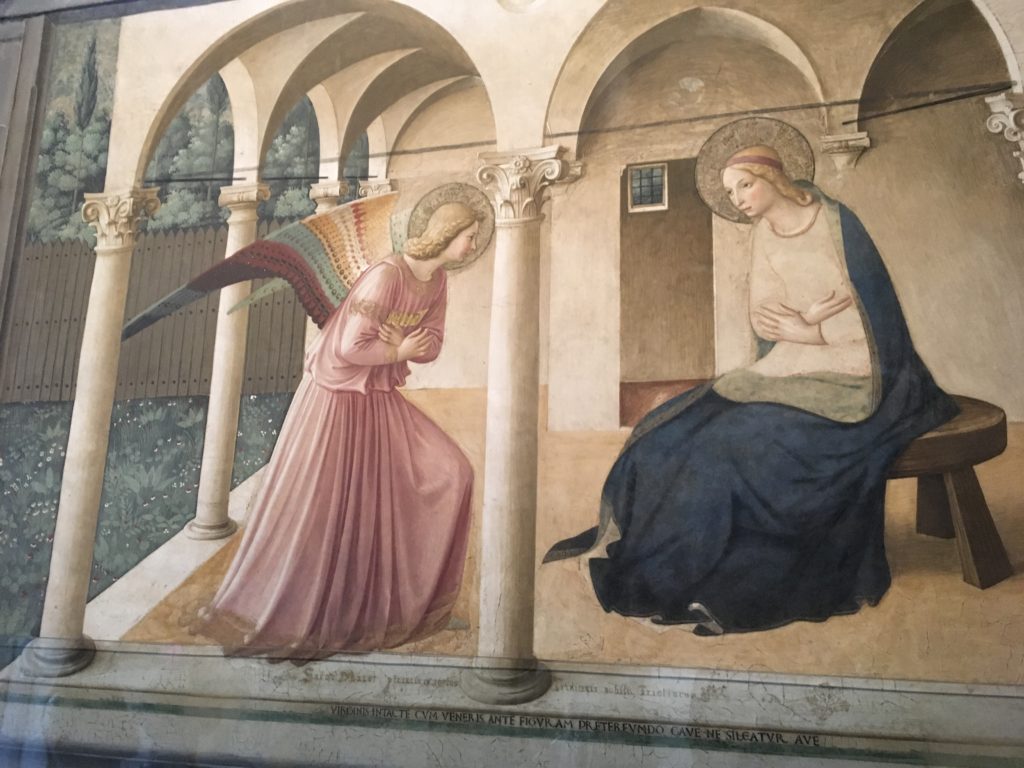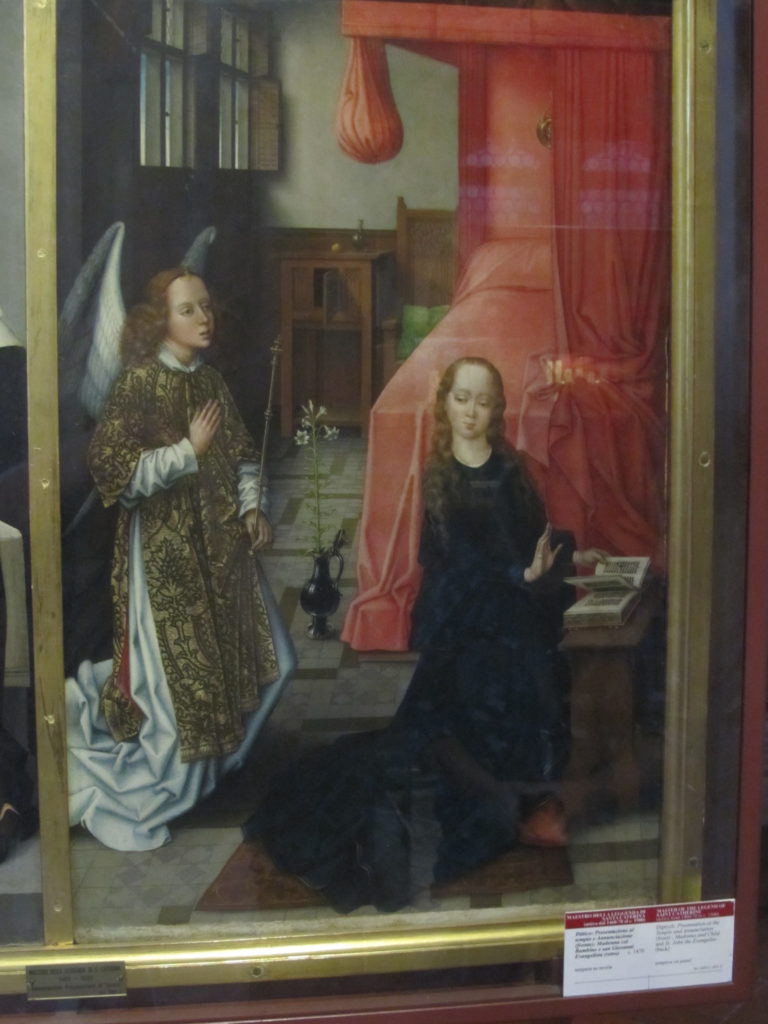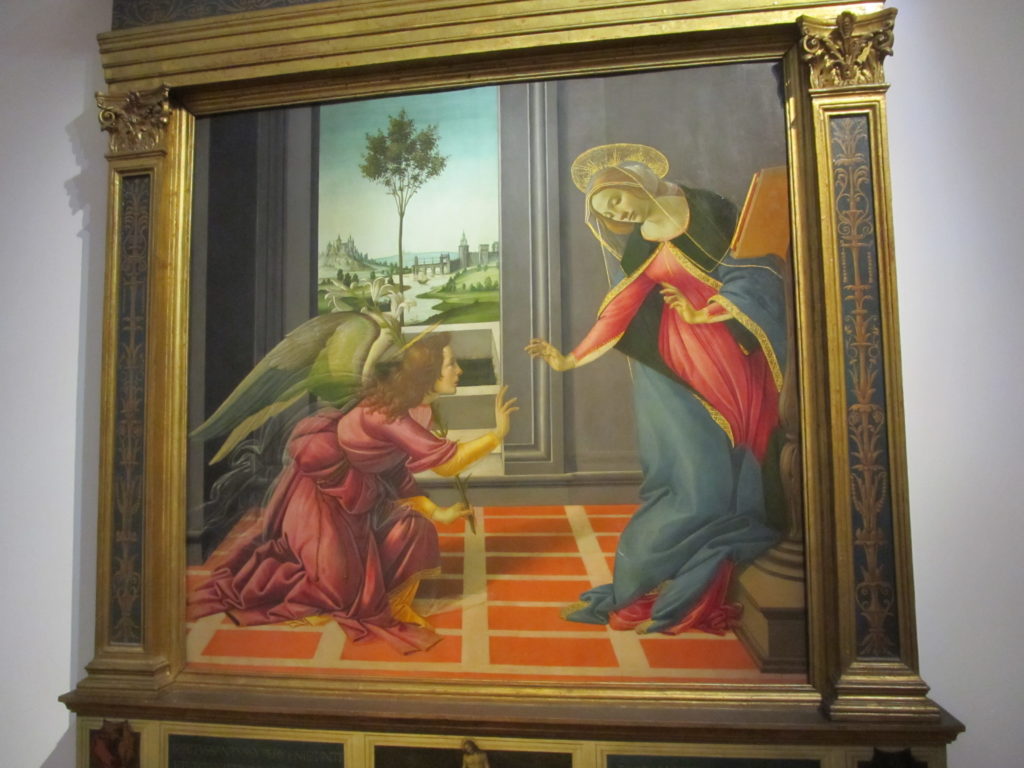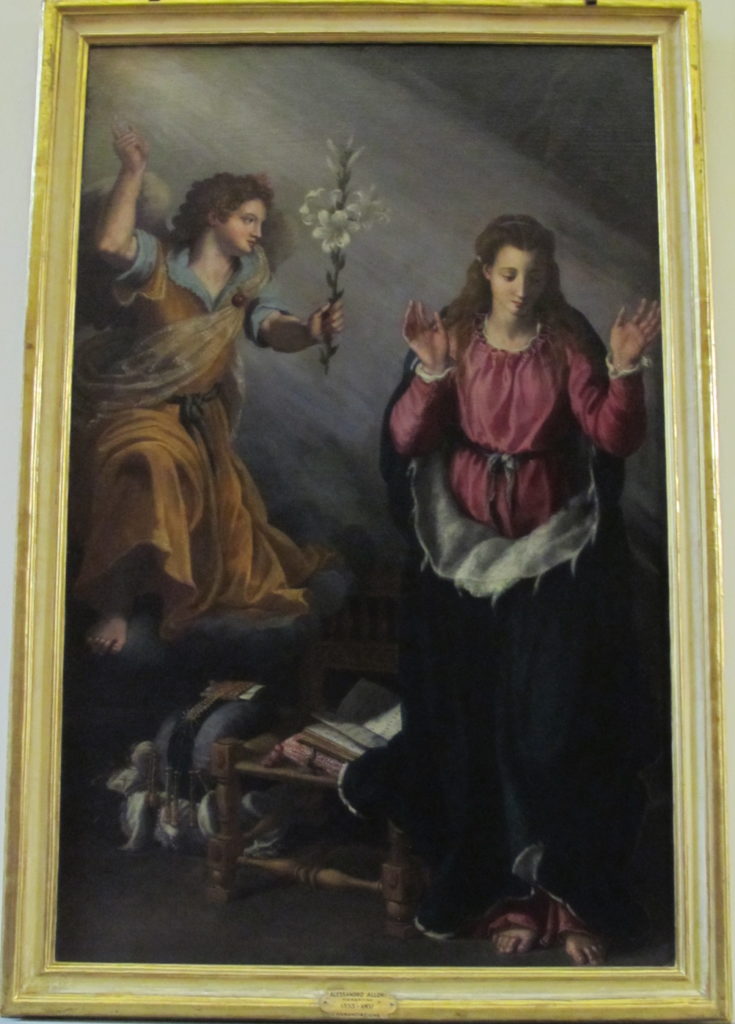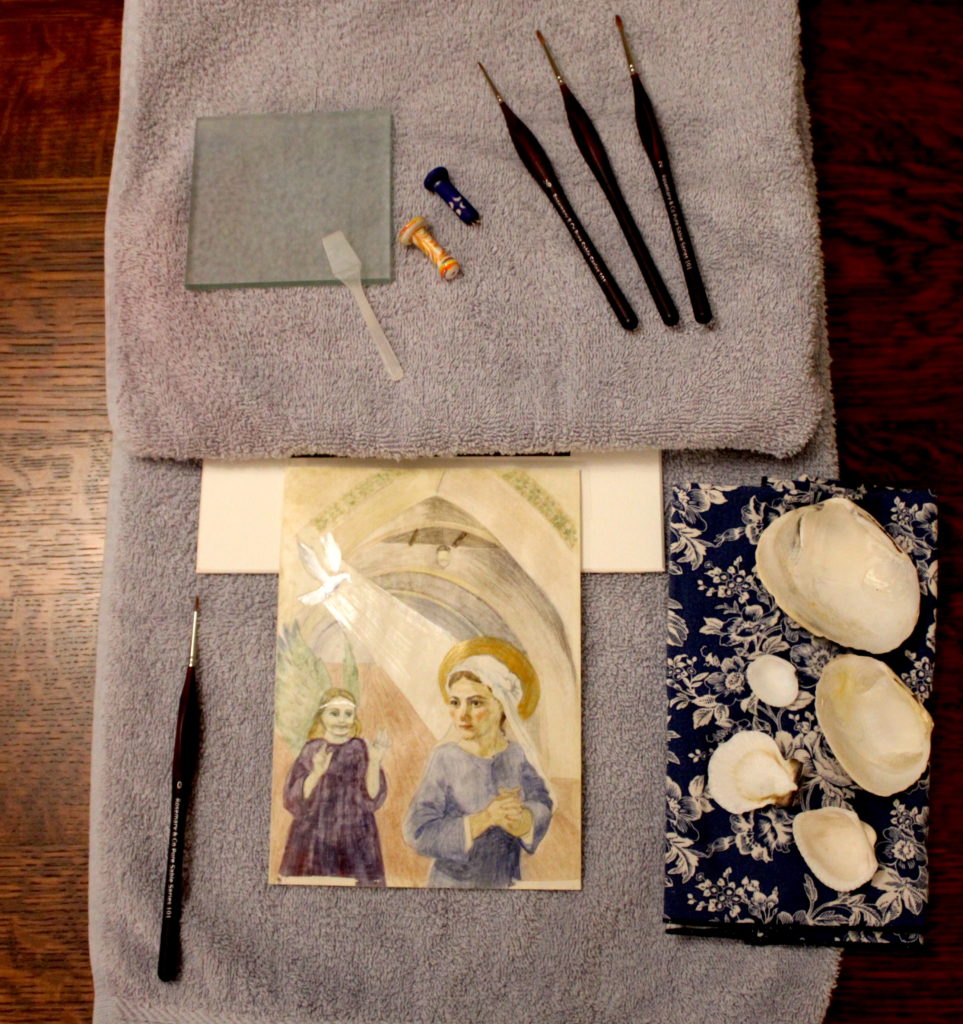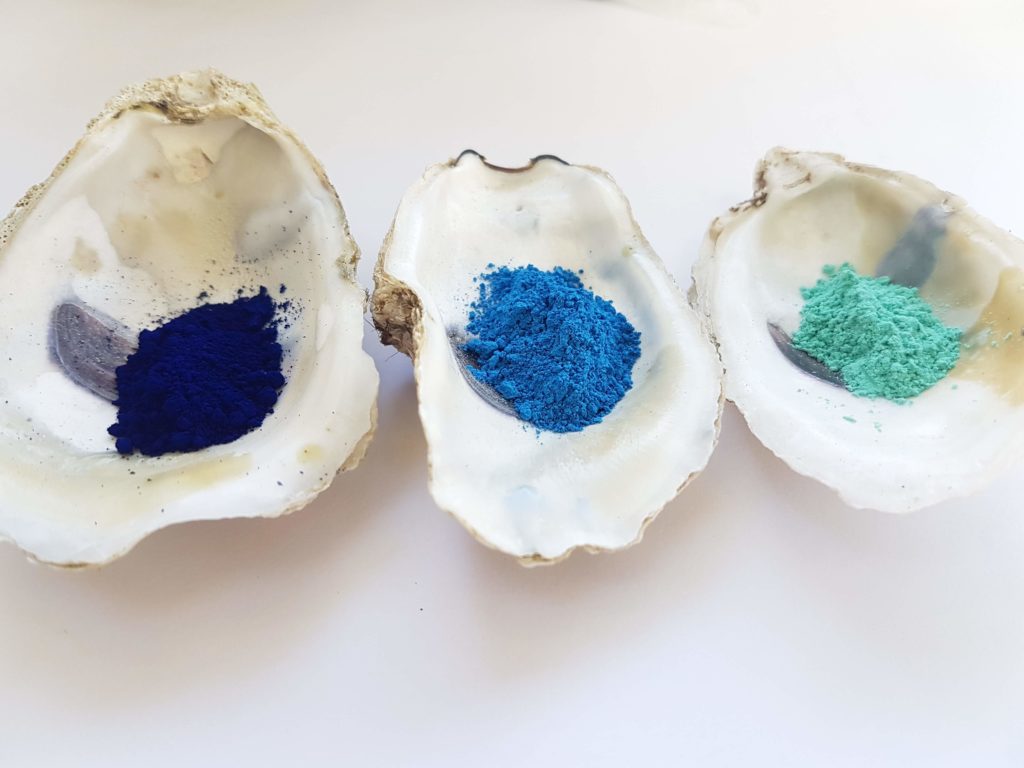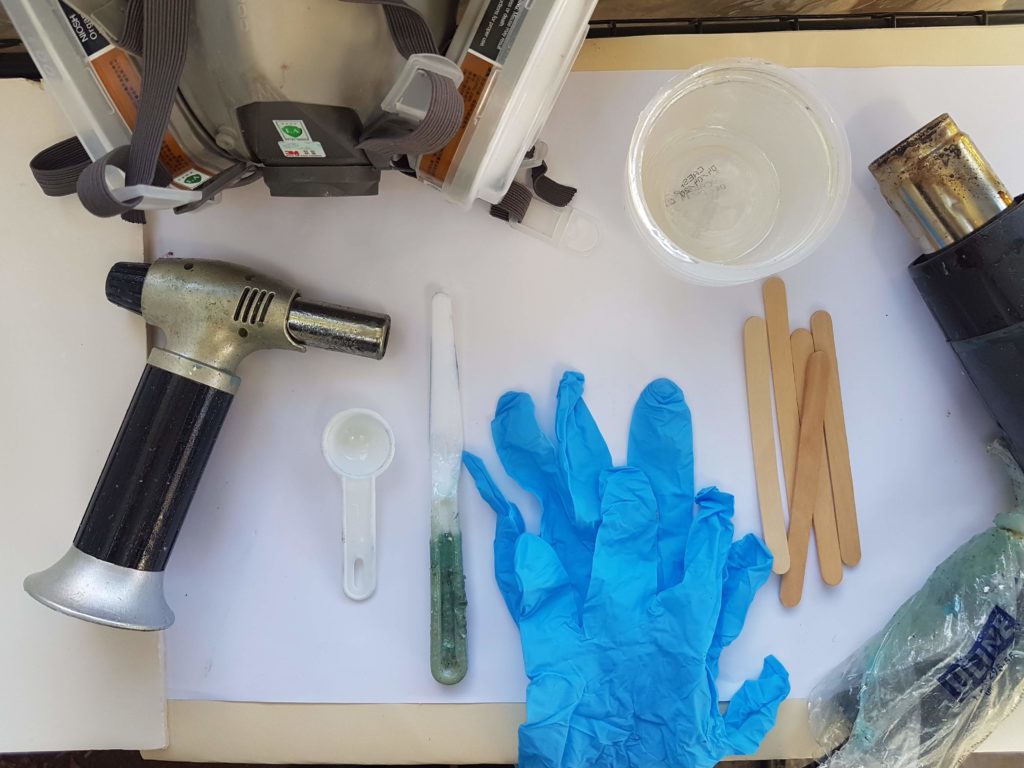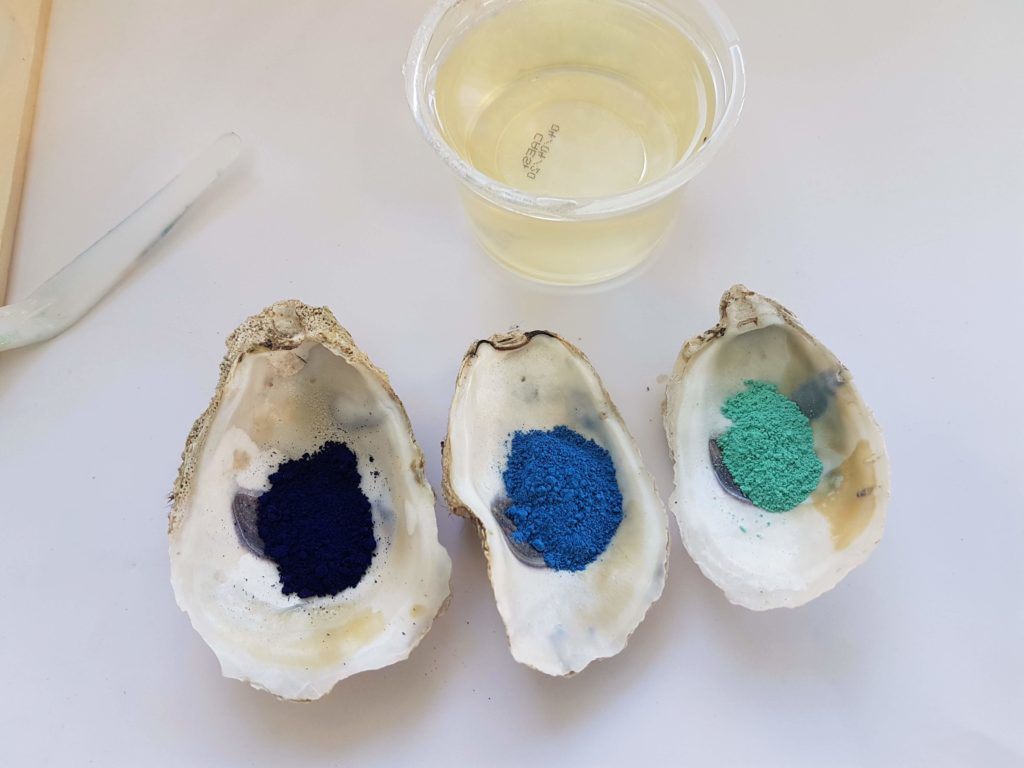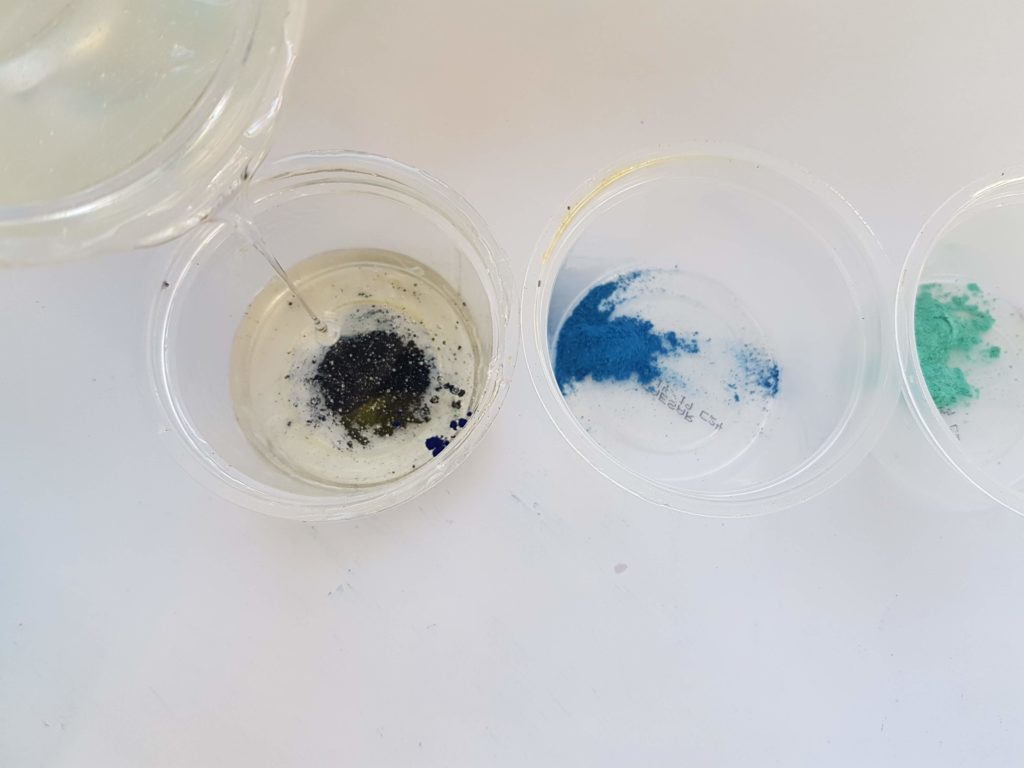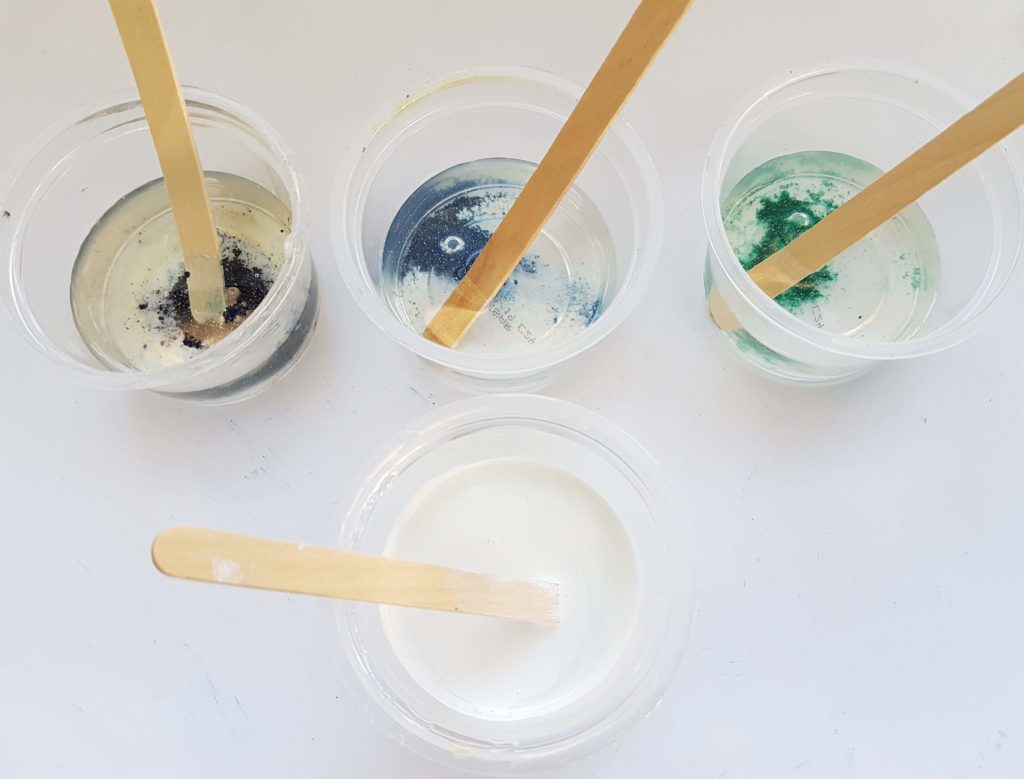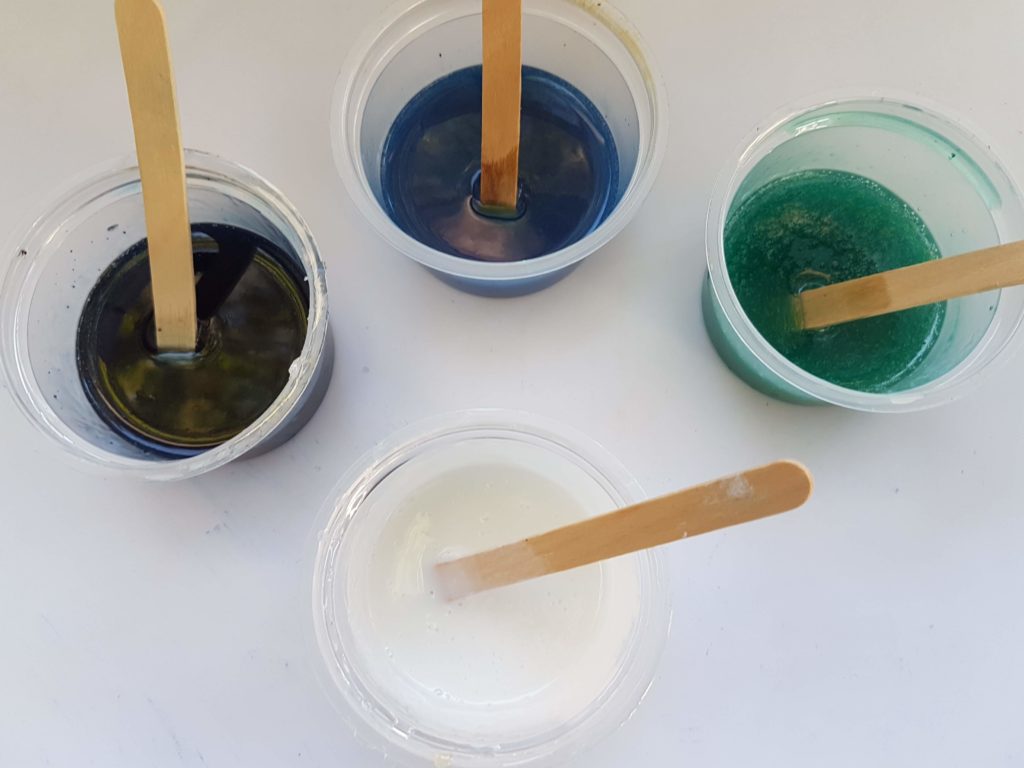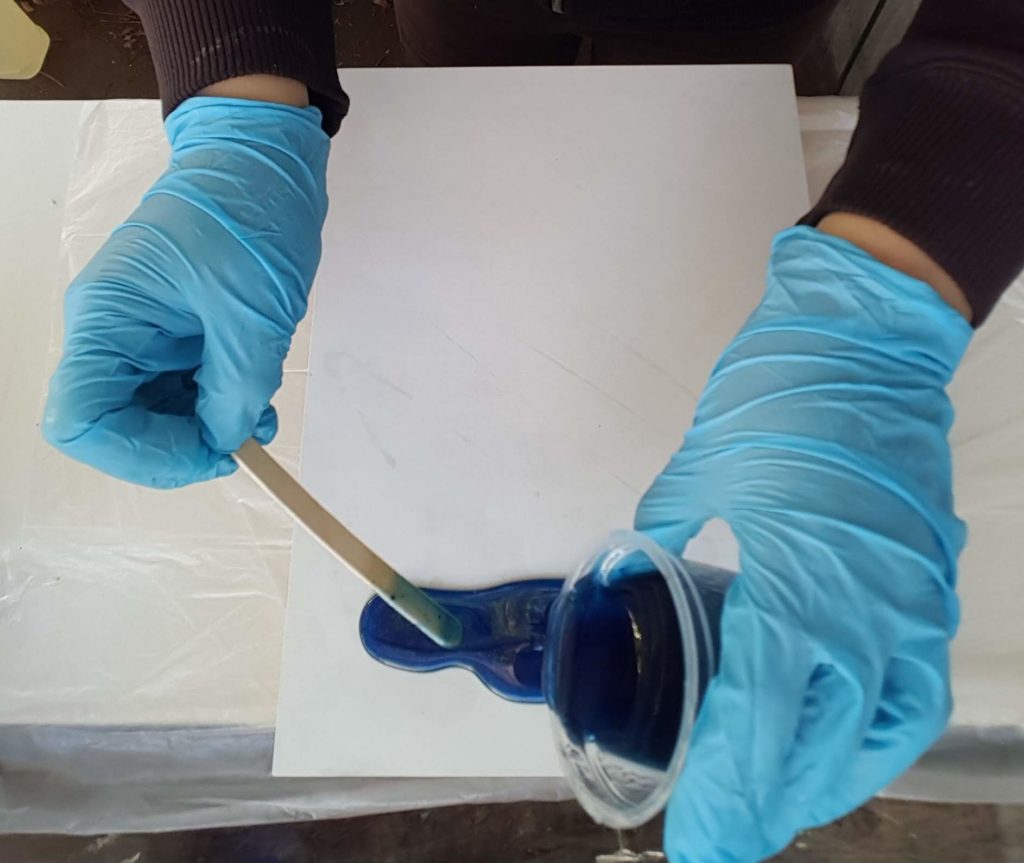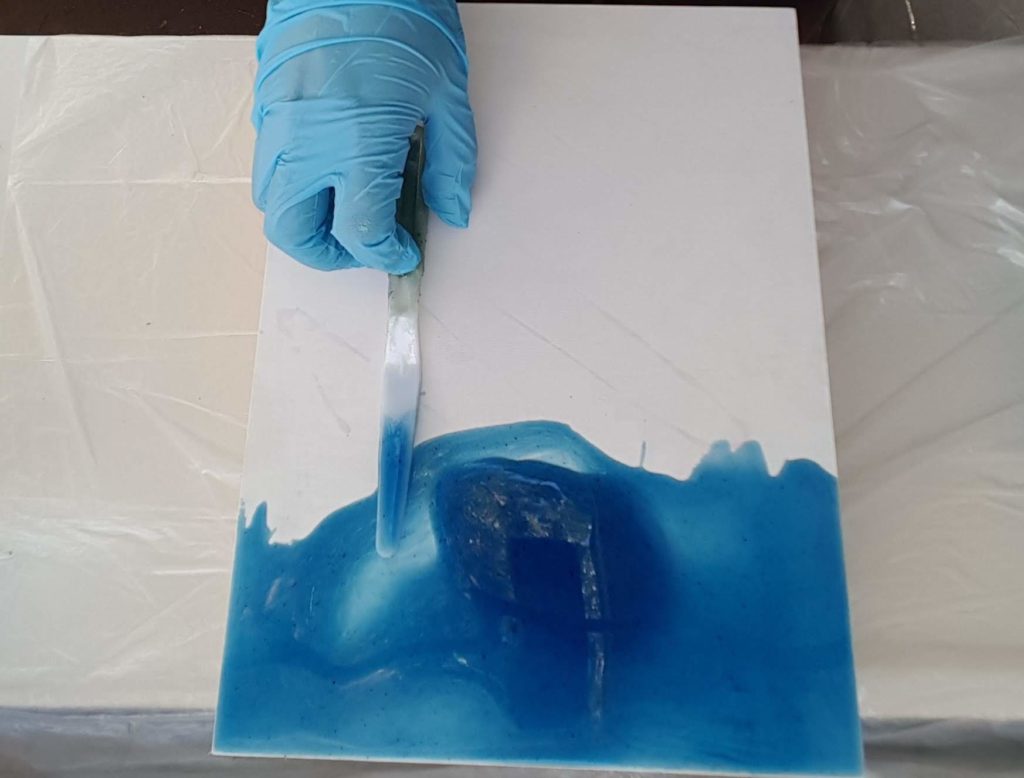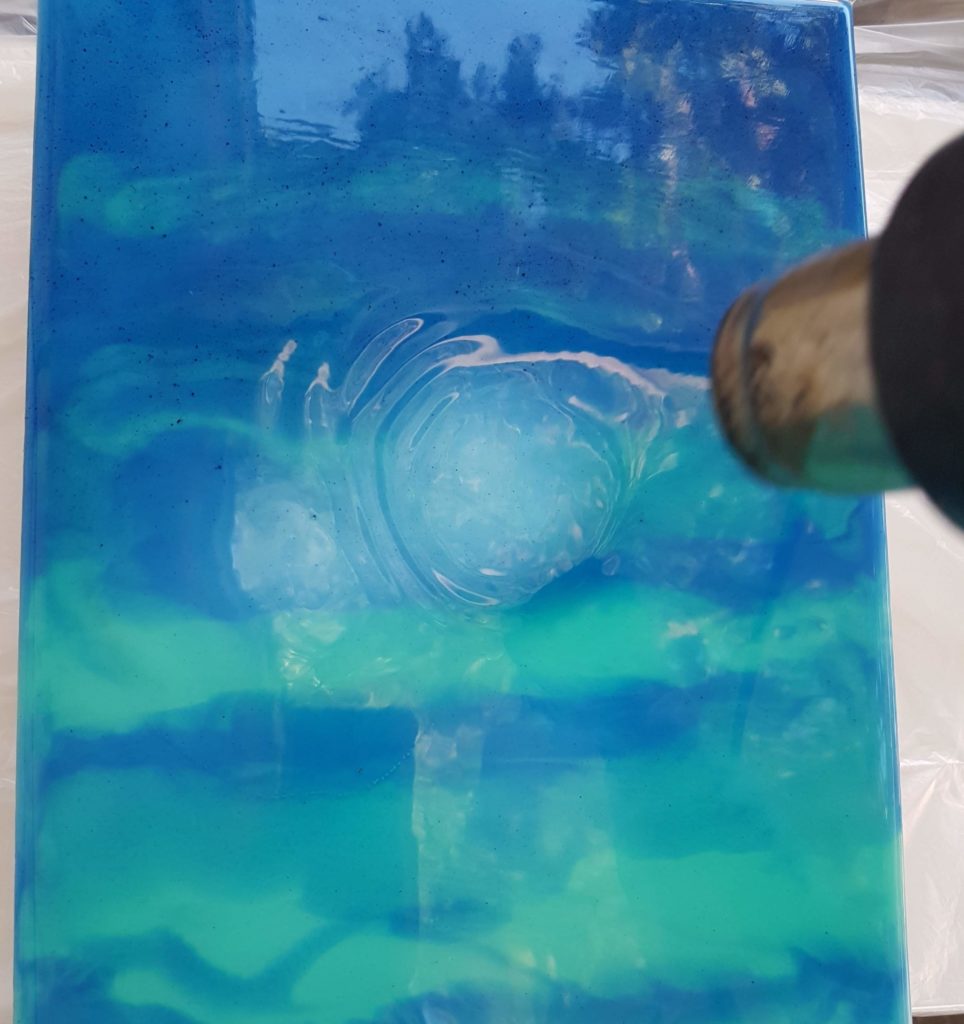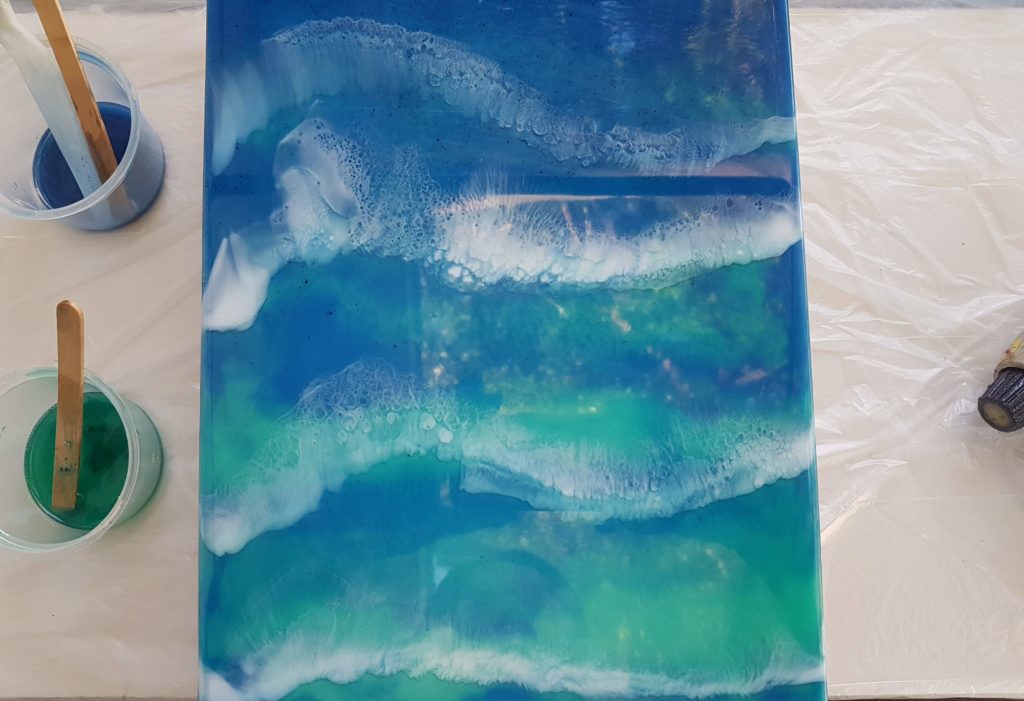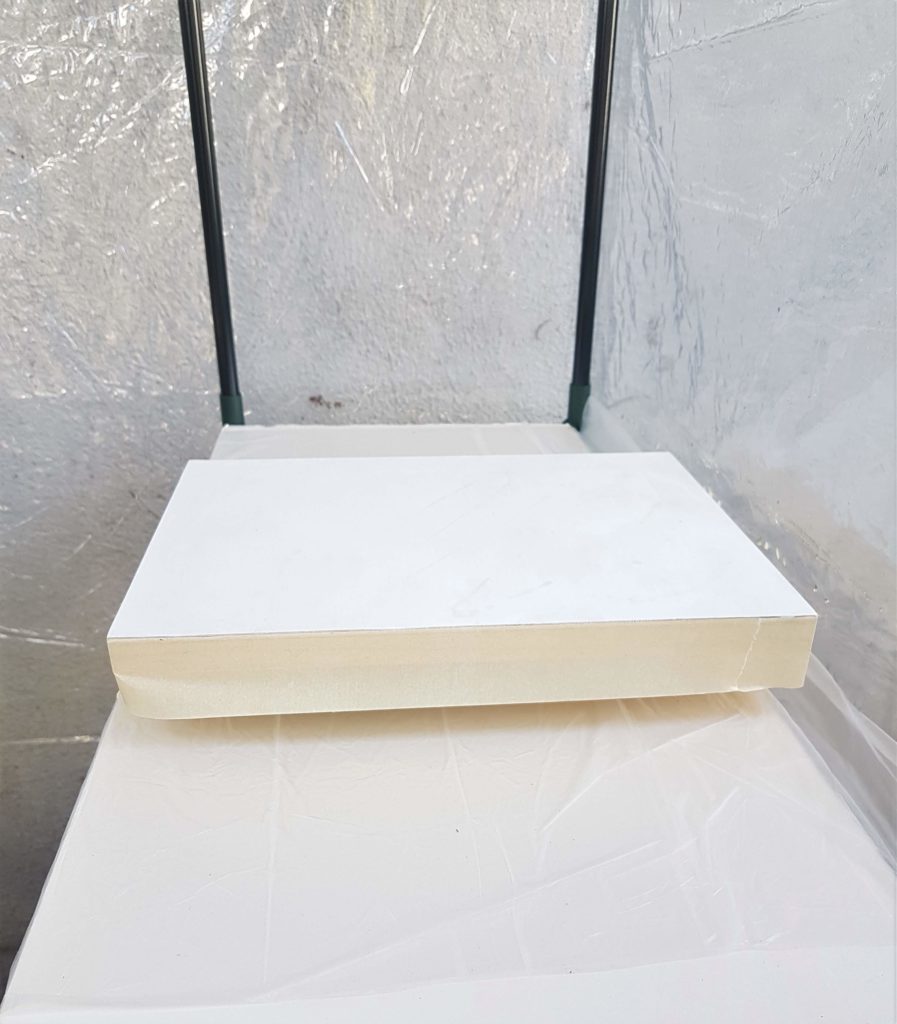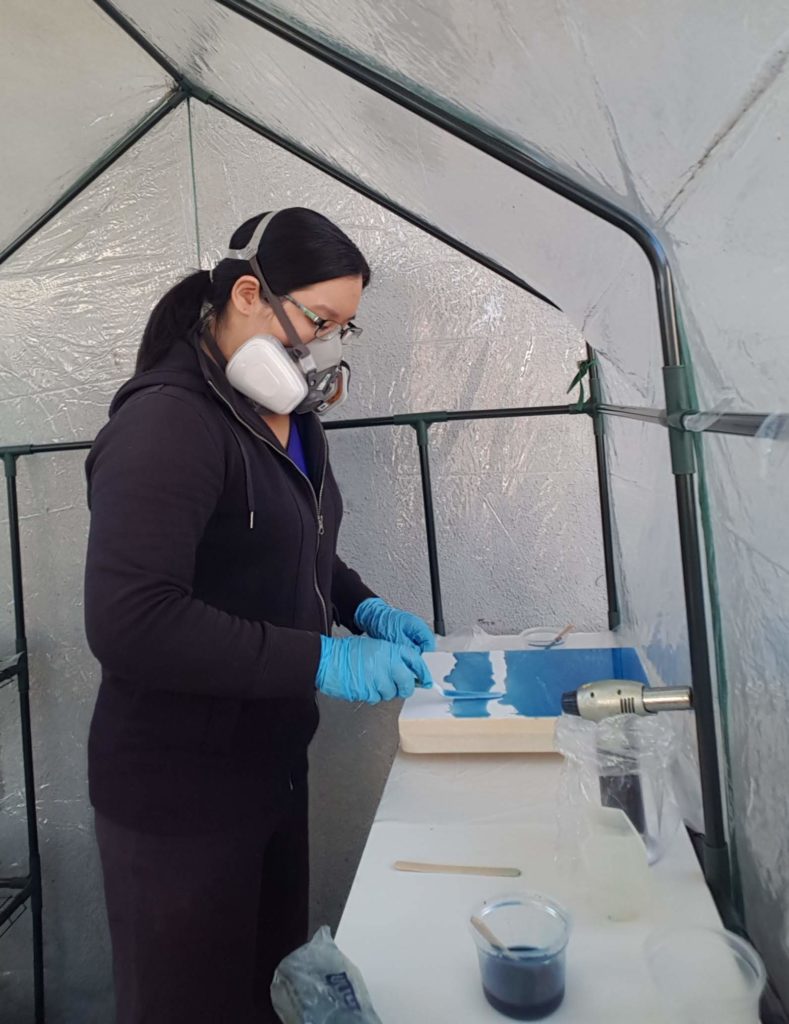One of our artists lives by the Los Angeles River. This week some wildlife (unrestrained by quarantine travel restrictions) came to visit. Here is her account of the Cooper’s Hawk (Accipiter cooperii) that lives on her street.
A few weeks ago I was FaceTiming with friends while walking to the mailbox, when something big and silent flew right over my head. My jaw dropped. It had a long narrow tail like a falcon– I knew it wasn’t a Red Tailed Hawk. I decided to do some Birding from Home and see if I could catch sight of this elusive newcomer again.
In the morning, I sat on the porch with my coffee and kept a keen eye out. I noticed a huge crowd of little birds. Aside from a noisy pair of mockingbirds, there are Cedar Waxwings, mourning doves, fighty little hummingbirds, bright yellow Western Tanagers, phoebes, sparrows, and even blackbirds. I kept coming back at 7:45, but no hawk.
One morning, I slept in a little bit, and came outside to an eerily quiet street. Aside from the constantly noisy mockingbirds, the other little birds were being veryyyyy quiet. Interesting. Someone must be hunting… I took a seat and waited.
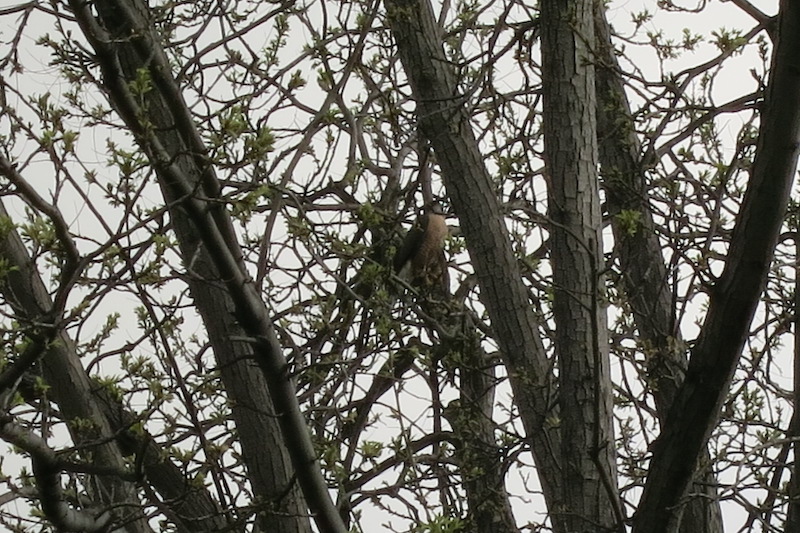
..and finally spotted a Cooper’s Hawk!
Over the next few weeks I kept coming out to check on my new neighbor, but she was too good at social distancing!
Finally I got my chance.

I couldn’t believe she was perched so close by.
Then I tried to get closer by taking pictures *through* the binoculars, with interesting results!
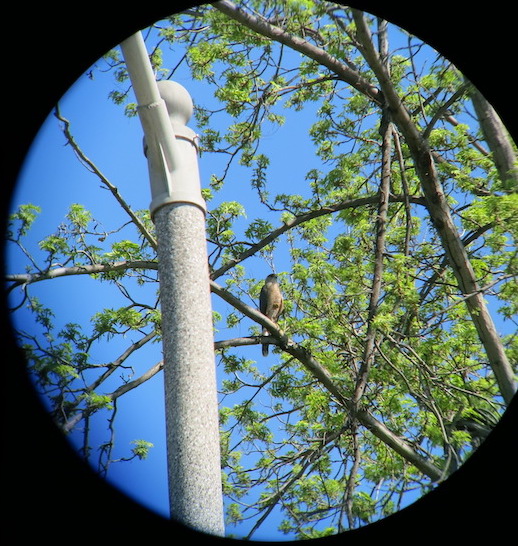
Looks like I shot it with a Holga!
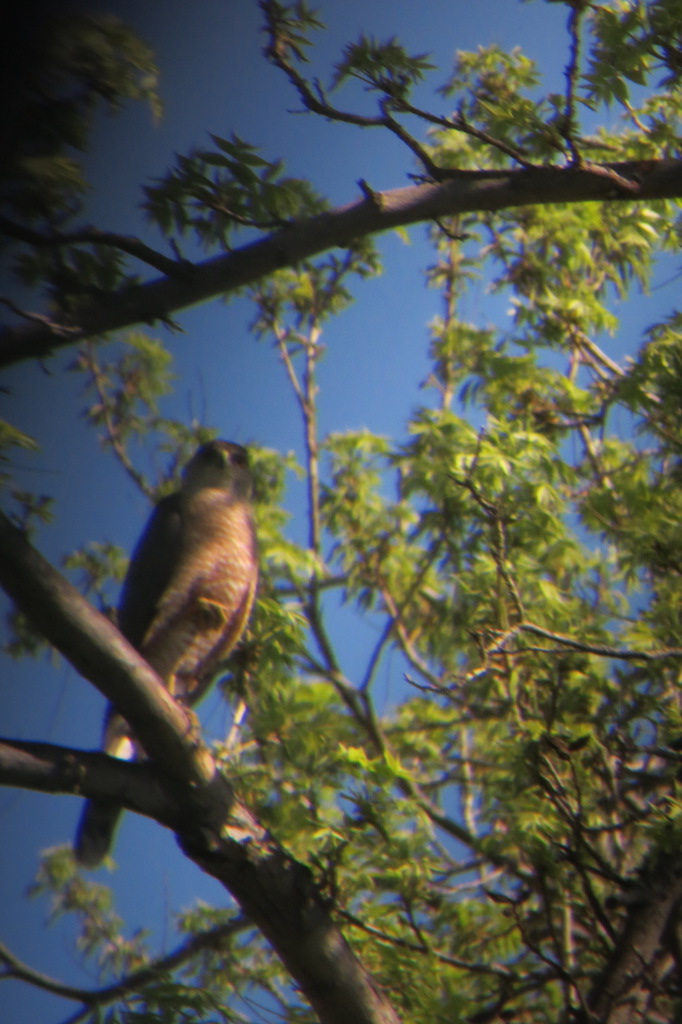
Here you can see how the head shape is so different from a Buteo (Red tails and Red-shouldered). Tiny little beak! Long, narrow tail. Amazing flat top hair style!
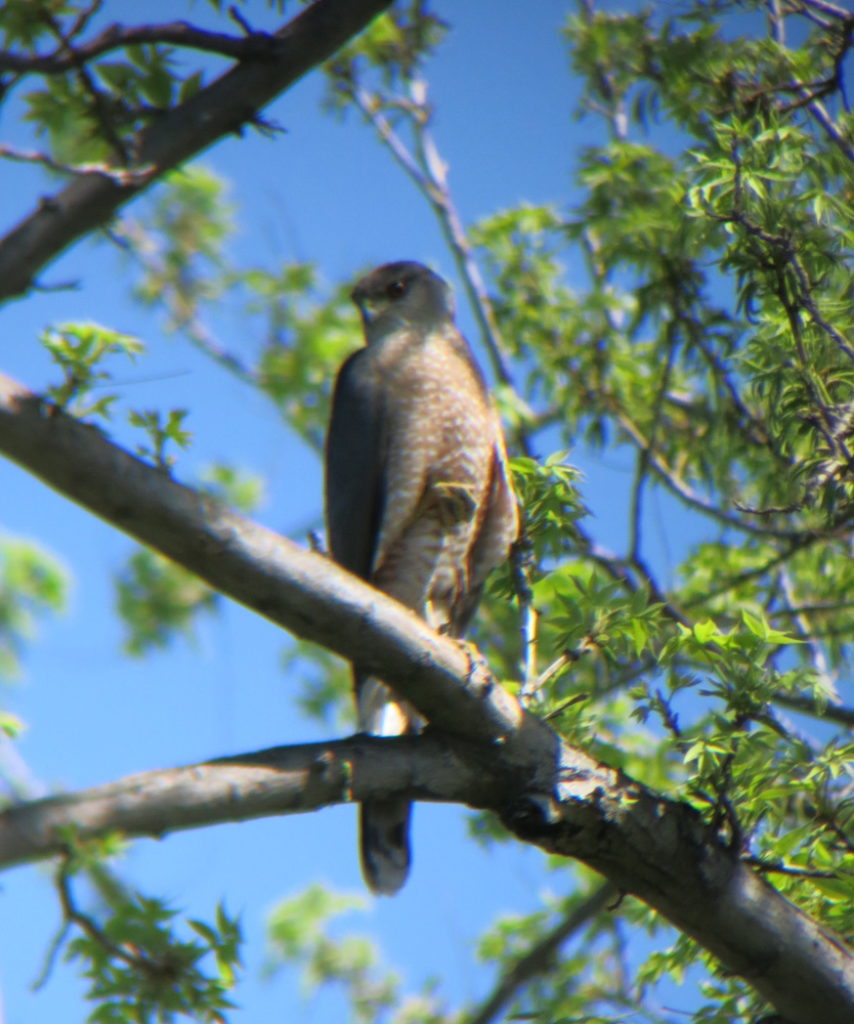
These pictures don’t do justice to her deep amber eyes, which have a fierce red gleam in the sunlight.
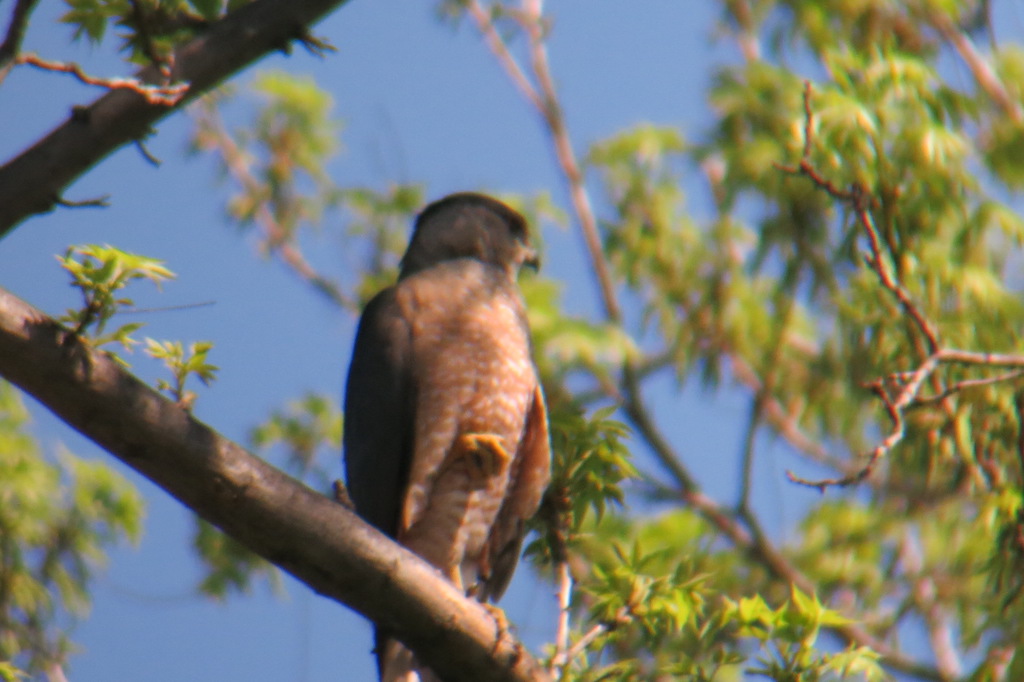
Accipiters are known for their agile hunting style. Unlike Red Tails who drop down suddenly on their prey from above, Accipiters often hunt in wooded areas, turning tightly around trees to pursue small birds.
My neighbor was perched with one foot lifted, looking around and listening carefully. Suddenly she launched herself from the branch and wheeled around to silently dispatch some unlucky squawking thing in the next tree over, which sadly I couldn’t see!
Stay tuned for updates on this fascinating neighbor. And remember–be like the Cooper’s Hawk and practice social distancing!






